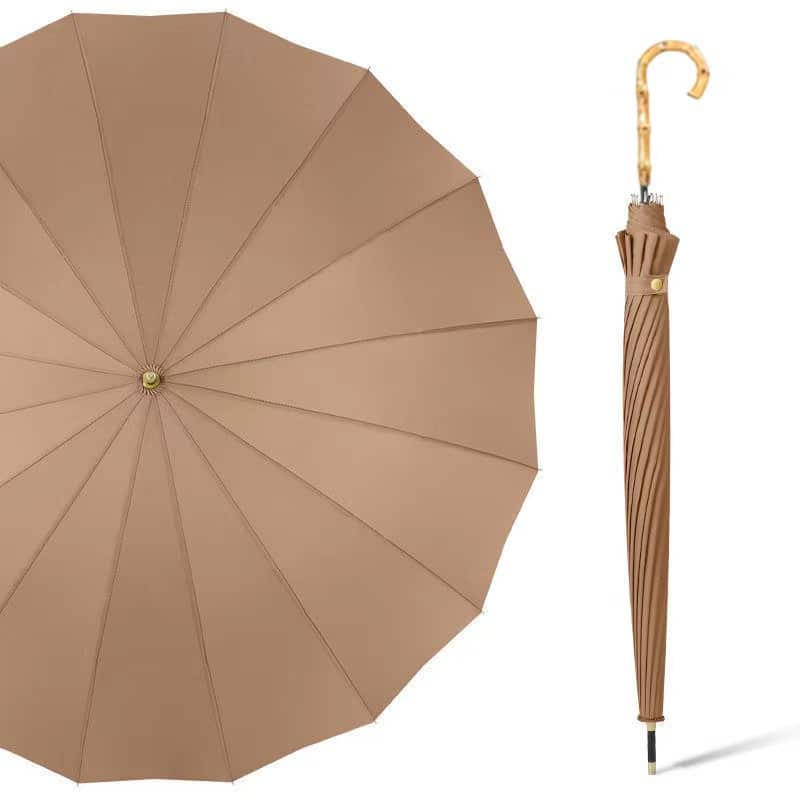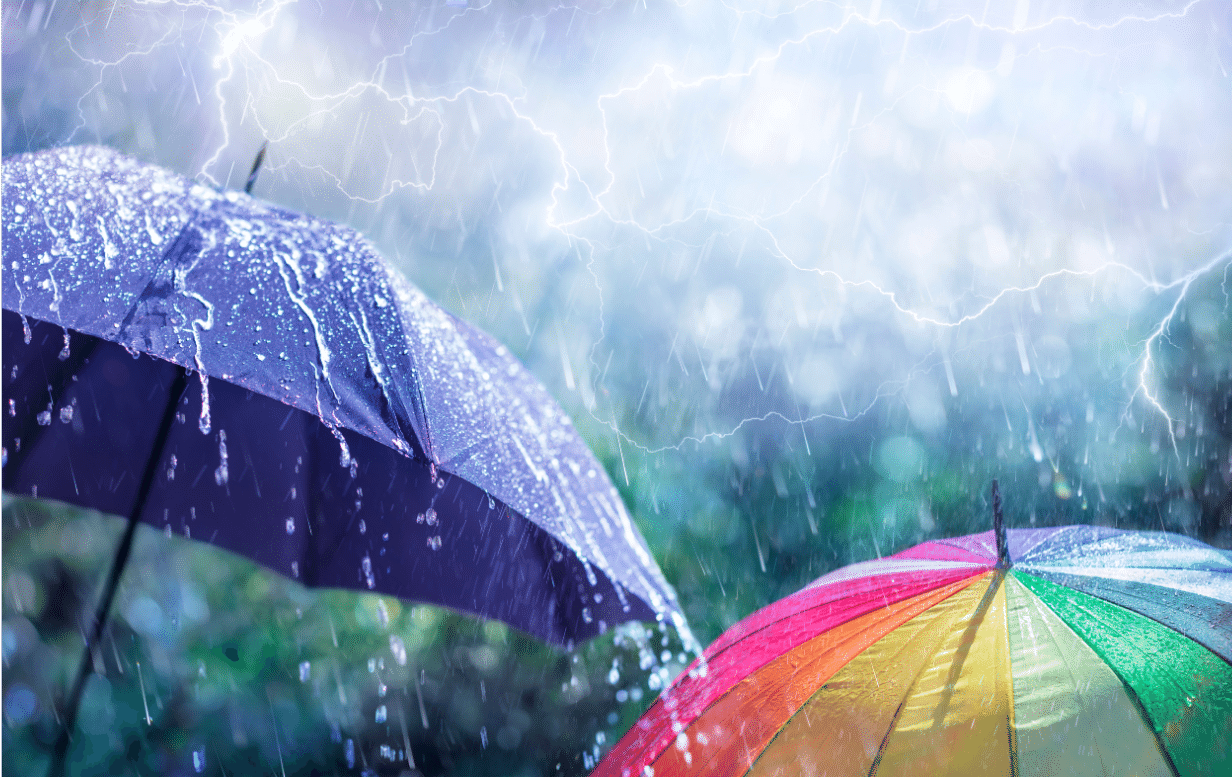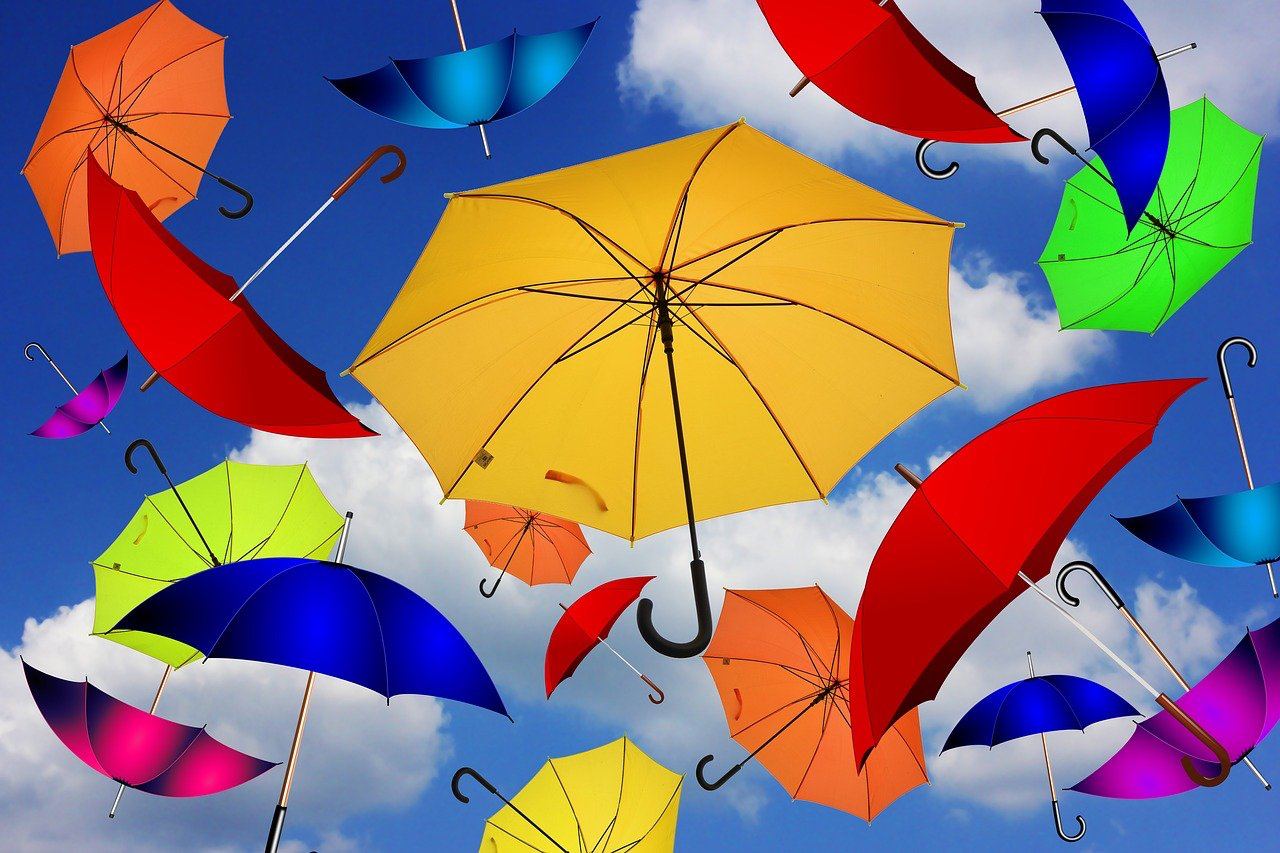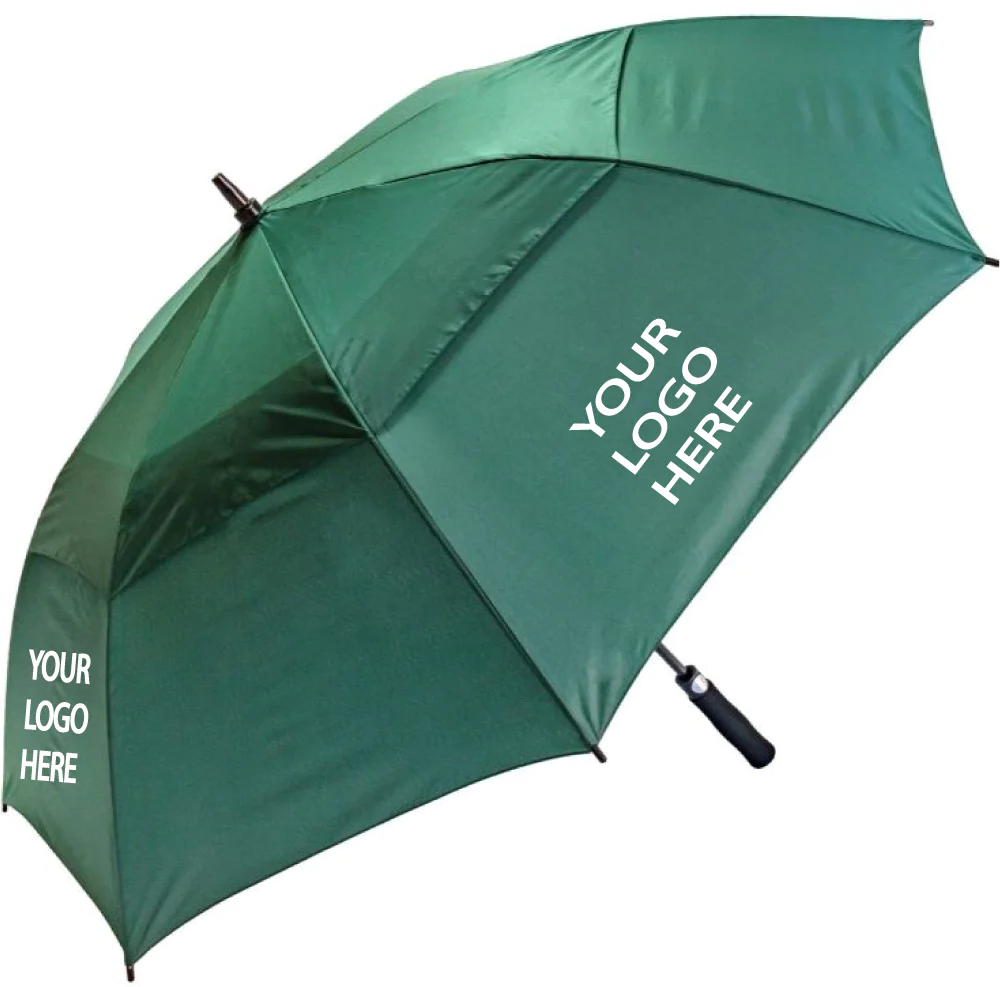Introduction
Umbrellas are a fundamental tool that protects us from the rain, sun, and harsh weather conditions. We often take them for granted, but have you ever wondered how umbrellas are made? In this blog, we will take a deep dive into the umbrella manufacturing process, exploring the materials, techniques, and components involved. Join us as we unravel the secrets behind the construction of these essential accessories.
What is the best umbrella material?
When it comes to selecting the ideal umbrella material, there are several factors to consider. Rain resistance, durability, and flexibility are crucial aspects. Commonly used materials for umbrella canopies include polyester, nylon, and Pongee fabric. Polyester offers excellent water resistance, while nylon is known for its durability. Pongee fabric gives a luxurious feel and enhanced water repellant capabilities. Each material has its own unique properties, so the choice depends on your specific needs and preferences. Additionally, the chosen fabric should be easy to print or customize, allowing for branding or personalization. Manufacturers often conduct extensive research and testing to find the perfect fabric that fulfills all these criteria.

The making of an umbrella
Every umbrella consists of four main parts: the shaft, the canopy, the ribs, and the stretchers. Let’s understand the significance of each part:
1. The Shaft:
The shaft serves as the backbone of the umbrella. It provides support to the canopy and handle, ensuring structural stability. Shaft materials can vary, including steel, aluminum, or fiberglass, depending on the desired strength and weight of the umbrella.
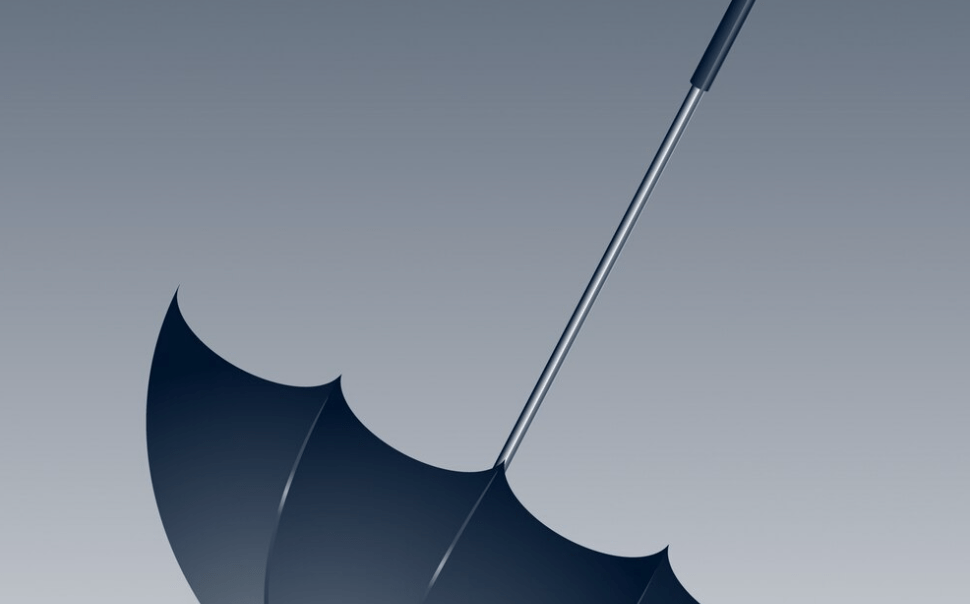
2. The canopy:

The canopy is the uppermost part of the umbrella that offers protection from the rain or sun. It is made up of the fabric panels we discussed earlier.
3. The ribs:
The ribs are the framework of the umbrella. They are attached to the stretchers and connected to the shaft, holding the canopy in place. Ribs are typically made from materials like stainless steel, fiberglass, or carbon fiber.
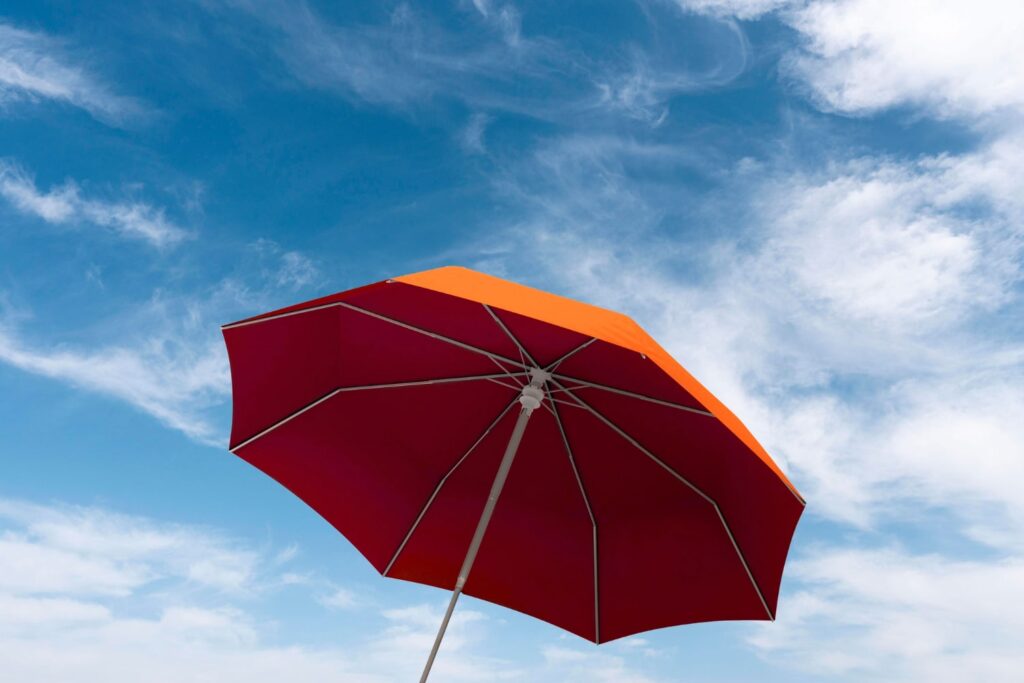
4. The stretchers:
The stretchers are responsible for opening and closing the umbrella canopy. They are connected to the ribs, allowing the umbrella to expand and retract smoothly. The stretchers are crucial for the umbrella’s overall functionality.

Umbrella manufacturing process
The manufacturing process of umbrellas involves various stages and techniques. Let’s explore each step in detail:
1. Large cut:
The first step is to cut large panels from the selected fabric. These panels will form the bulk of the umbrella canopy.
2. Small cut:
Next, the large panels are cut into smaller pieces, which will be used to create individual sections of the canopy.
3. Printing:
If desired, logos, designs, or patterns can be printed on the canopy sections at this stage. Printing techniques like screen printing or digital printing are commonly used.
4. Canopy assembly:
Now, the individual canopy sections are sewn together to form a complete canopy. The stitching is done carefully to ensure the umbrella’s structural integrity.
5. Umbrella tip install:
The tips of the canopy ribs are then carefully attached to the umbrella frame. These tips help hold the canopy in place and provide stability.
6. Drive installation:
The handle, an essential part of the umbrella, is installed. Handles can be made from various materials, such as wood, plastic, or metal. The connection between the frame and the handle is crucial for a sturdy umbrella.
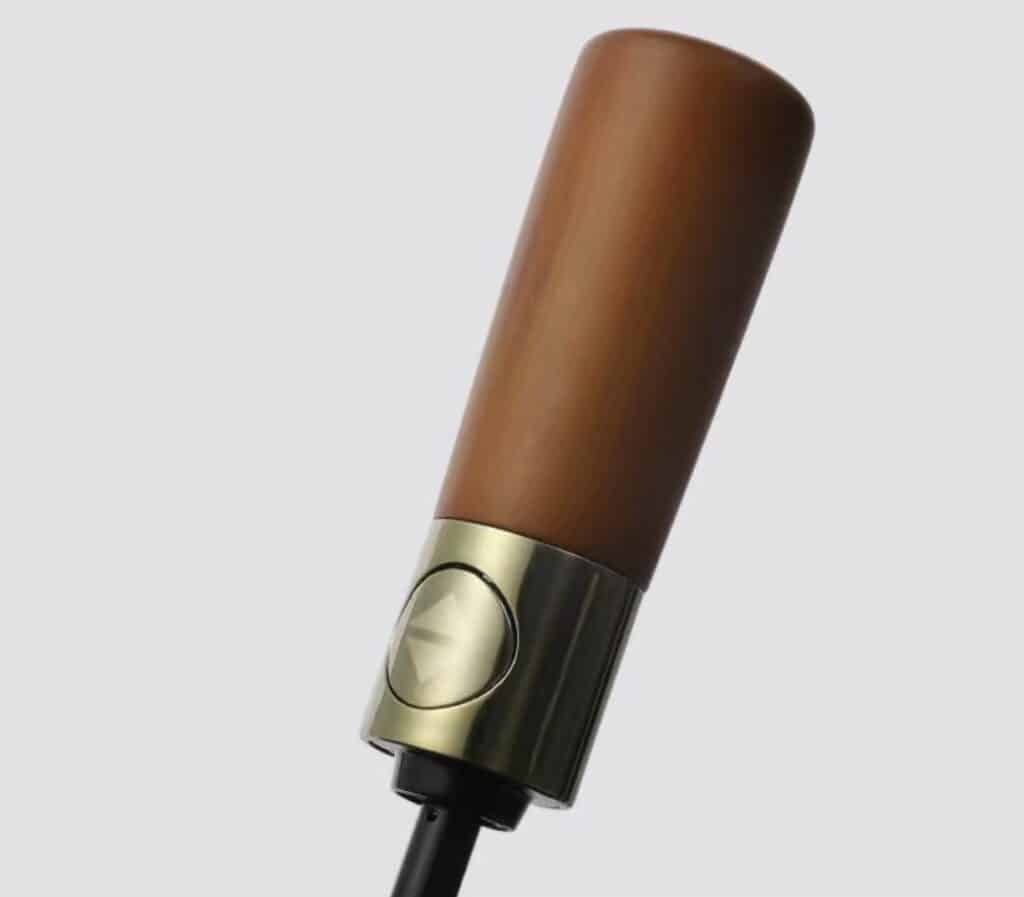
Additional headings and explanations
Apart from the umbrella manufacturing process and its components, there are other interesting aspects to explore:
1. How to repair an umbrella:
Repairing an umbrella can be a fairly simple process if you have the right tools and materials. Here is a step-by-step guide on how to repair an umbrella:
- Assess the damage: Determine what exactly needs to be repaired on the umbrella. Common issues include broken ribs, torn fabric, or a malfunctioning mechanism.
- Gather materials and tools: Depending on the problem, you will need a few supplies. These may include a replacement rib or fabric, needle and thread, a sewing machine, pliers, super glue, and a rubber band.
- Fix broken ribs: If a rib is broken, remove it from the umbrella. Measure the length of the broken rib and find a replacement rib of the same size. Attach the replacement rib to the umbrella frame using super glue or by sewing it in place.

- Repair torn fabric: To fix a tear in the fabric, first, clean the area around the tear and remove any loose threads. Using a needle and thread or a sewing machine, sew the tear together using small, tight stitches. Alternatively, you can use a patch of fabric to cover the tear by sewing or gluing it in place.
- Fix the mechanism: If the umbrella won’t open or close properly, it could be due to a problem with the mechanism. Carefully examine the mechanism and try to locate the issue. Use pliers or a screwdriver to fix any loose or misaligned parts. Lubricating the mechanism with a few drops of oil may also help.
- Strengthen weak joints: Over time, the joints of an umbrella may become loose or weak. To reinforce them, wrap a rubber band tightly around the joint. This will provide extra stability and prevent further damage.
- Test the repairs: Once you have completed the necessary repairs, test the umbrella by opening and closing it multiple times. Make sure all the functions are working smoothly and that the repaired areas are holding up well.
If the damage is too severe or you are unsure how to repair it, it may be best to take the umbrella to a professional repair shop. They will have the expertise and equipment to handle more complex repairs.
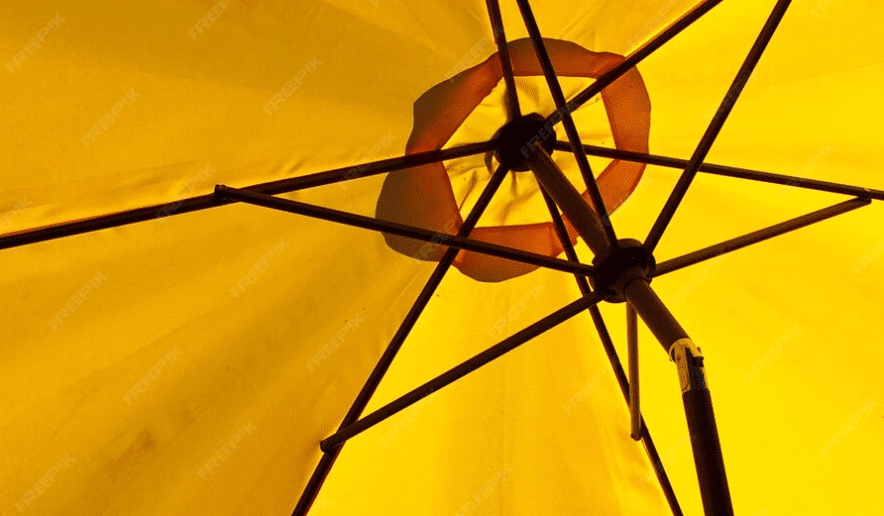
2. What’s a custom umbrella:
A custom umbrella is a personalized or customized umbrella that can be designed according to the specific preferences or requirements of the individual or organization. These umbrellas often have unique patterns, colors, or logos that make them distinct and exclusive. Custom umbrellas can be used for various purposes, including branding, marketing, gifting, or personal use, and are often considered a stylist accessory or promotional item.

3. How do you customize an umbrella?
There are several ways to customize an umbrella. Here are a few methods:
- Custom printing: Many companies offer custom printing services where you can add your own design or logo to the umbrella. This is a popular option for businesses or events looking to promote their brand.
- Fabric painting: You can use fabric paints or markers to create your own design on the umbrella. This allows for more artistic and unique customization options.
- Embroidery: Embroidery is another popular customization option where you can add names, initials, or small patterns to the umbrella. This method creates a more elegant and permanent customization.
- Attachments and embellishments: Adding attachments or embellishments can also customize an umbrella. This could include charms, ribbons, sequins, or other decorative elements that can be attached to the umbrella itself.
- Handle wraps or sleeves: Adding a custom handle wrap or sleeve can also personalize the umbrella. You can use fabric, leather, or other materials to cover the handle and add decorative elements.

Remember to consider the type of umbrella and its fabric when using customization methods. Some options may work better on certain materials, so ensure you choose a method that is suitable for your umbrella type.
4. What is the umbrella cloth called?
Ever wondered what the specific name for the umbrella fabric is? The umbrella cloth is typically referred to as the canopy.
5. How many ribs should an umbrella have?
Typically, umbrellas have between 6 to 8 ribs. These ribs are the support structure that gives the umbrella its shape and stability. However, there can be variations in the number of ribs depending on the size and design of the umbrella.
6. Are umbrellas eco-friendly? Can you recycle umbrellas?
Umbrellas are not traditionally viewed as eco-friendly because they are often made with materials that are not easily recyclable. Most umbrellas are composed of metal, plastic, and fabric, which can be challenging to separate and recycle effectively.
However, some companies are now producing eco-friendly umbrellas. They use sustainable materials, such as recycled plastics, organic fabrics, and biodegradable components. These green alternatives aim to reduce the environmental impact of umbrella production.
When it comes to recycling umbrellas, it can be a bit complicated. While the metal framework can be recycled as scrap metal, the fabric and plastic components are more challenging to recycle. Typically, the fabric and plastic parts of umbrellas need to be separated before being recycled separately.
If your local recycling facility accepts fabrics and plastics for recycling, you may be able to recycle these components individually. However, it’s essential to check with your local recycling center to determine their specific guidelines.
Alternatively, some umbrella companies have started take-back programs or partnered with recycling facilities to encourage the proper disposal of old umbrellas. These programs aim to give umbrellas a second life and ensure that their materials are reused or recycled appropriately.
Overall, while traditional umbrellas may not be eco-friendly, the emergence of sustainable options and recycling initiatives are promoting more eco-conscious practices in the umbrella industry.

Conclusion
Next time you open your umbrella, take a moment to appreciate the intricate process behind its creation. From carefully selecting the materials to assembling the components, every step plays a vital role in ensuring that umbrellas cater to our needs, rain or shine. So, the next time someone asks, “How are umbrellas made?”, you can confidently explain the fascinating journey from raw materials to a functional accessory

